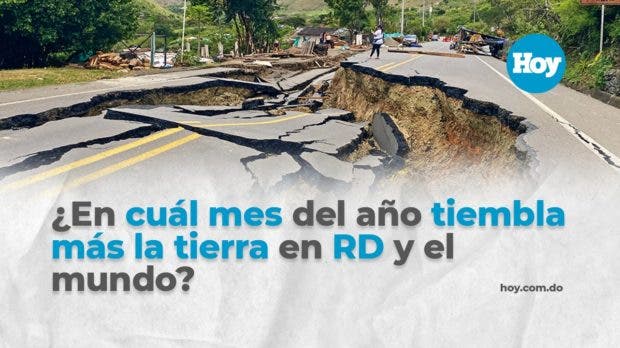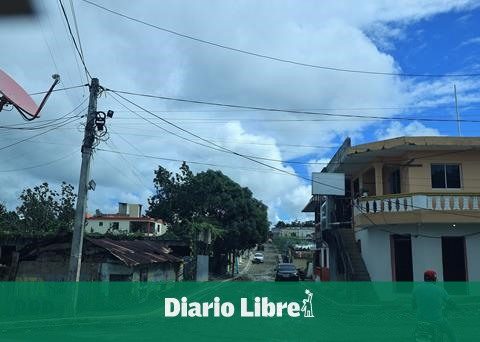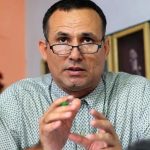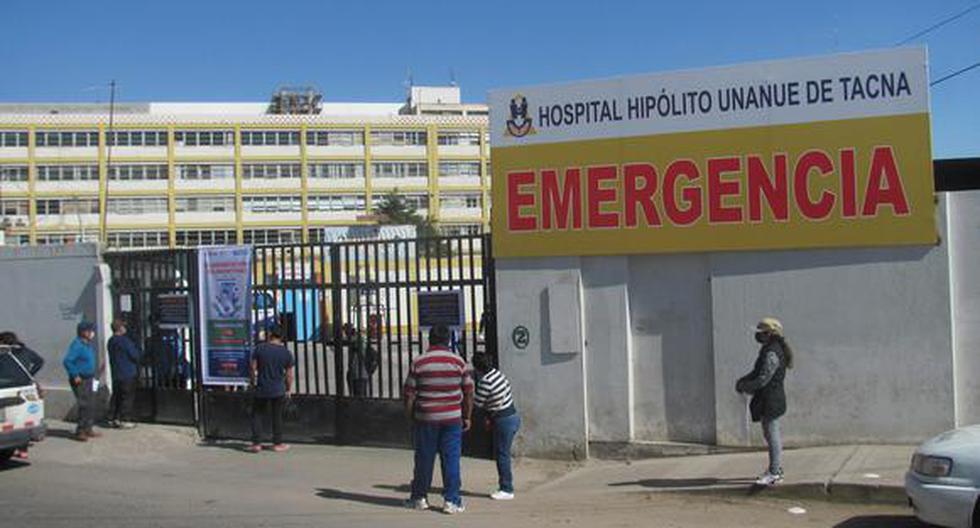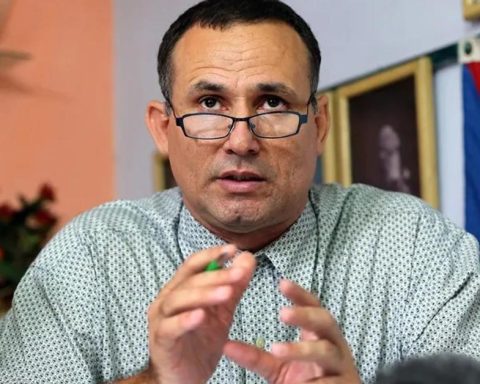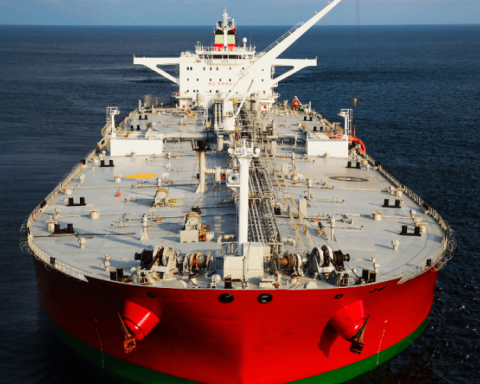the earth is shaking. This is what has been heard for several days both in the Dominican Republic as in the world, due to the most recent telluric movements that have been recorded not only locally but also beyond the seas.
The most recent impact was the one that happened in Turkeya country between Europe and Asia that has been in the news in the last 24 hours due to two major earthquakes whose magnitude was greater than 7. Several days ago, in Dominican territory the fault Enriquillo-Plantain Garden It removed the entire southern fringe of the island with a register of 5.3, just 48 hours after the Creoles came out of the panic left behind by a smaller magnitude earthquake.
But around the world, due to the dozens of geological faults that exist, the earth lives in constant movement. It is estimated that in the year 2022 there were about 44 major earthquakes worldwide.
But, what is the month in which the greatest earthquakes occur in the Dominican Republic and the world?
“There is no preferential month for earthquakes, as there is for hurricanes and that in the Caribbean it is September due to the high temperatures on the sea surface. An earthquake can occur at any time of the year, because it is a break in the rocks of the earth’s crust and that break occurs when the tectonic plates push, where some move 20 millimeters in a year while others move up to 80 millimeters. In a year, they exceed the resistance limit of the rocks and these rocks break in the regional seismic fault fringes that are locked by the roughness or friction between the edges of tectonic plates»This was explained by the geological engineer and member since 1997 of the Academy of Sciences of the Dominican Republic.
What does that movement respond to?
De León, who was also a scientific adviser to the Executive Power in Geosciences and Seismicity (2017-2020), explained that the tectonic plates They move because the high temperatures of the Earth’s core, close to 5,500 degrees Celsius, generate magmatic convective currents that drag and displace large pieces of the Earth’s crust, and collide head-on, subduct or penetrate under each other, or slide laterally, and friction at the edges generates blocking, deformation, folding and finally seismic rupture that releases four types of seismic waves:
- Seismic compression waves (P).
- Seismic shear waves (S).
- Rayleigh (R) seismic waves.
- And seismic waves Love (L). «S waves are the ones with the most energy and are the ones that cause structures to collapse because they generate shearing movements in two perpendicular directions»narrowed the expert.

According to Santiago Muñoz, director of the National Geological Service (SGN), agreed with de León, and pointed out that the largest earthquake in the Dominican Republic was 8.1 in August 1946. Another more recent one was in September, 6.5 in 2003.

“A clearing with respect to the magnitude is not measured in degrees, it is a logarithmic number,” engineer Muñoz specified.
It is recalled that at 7:11 in the morning of February 1 of this year, a 5.3 tremor, with its epicenter in the Peravia province, caused panic throughout the Dominican territory.
Some buildings in said demarcation are crackedwithout the authorities having reported significant damage or human losses.
